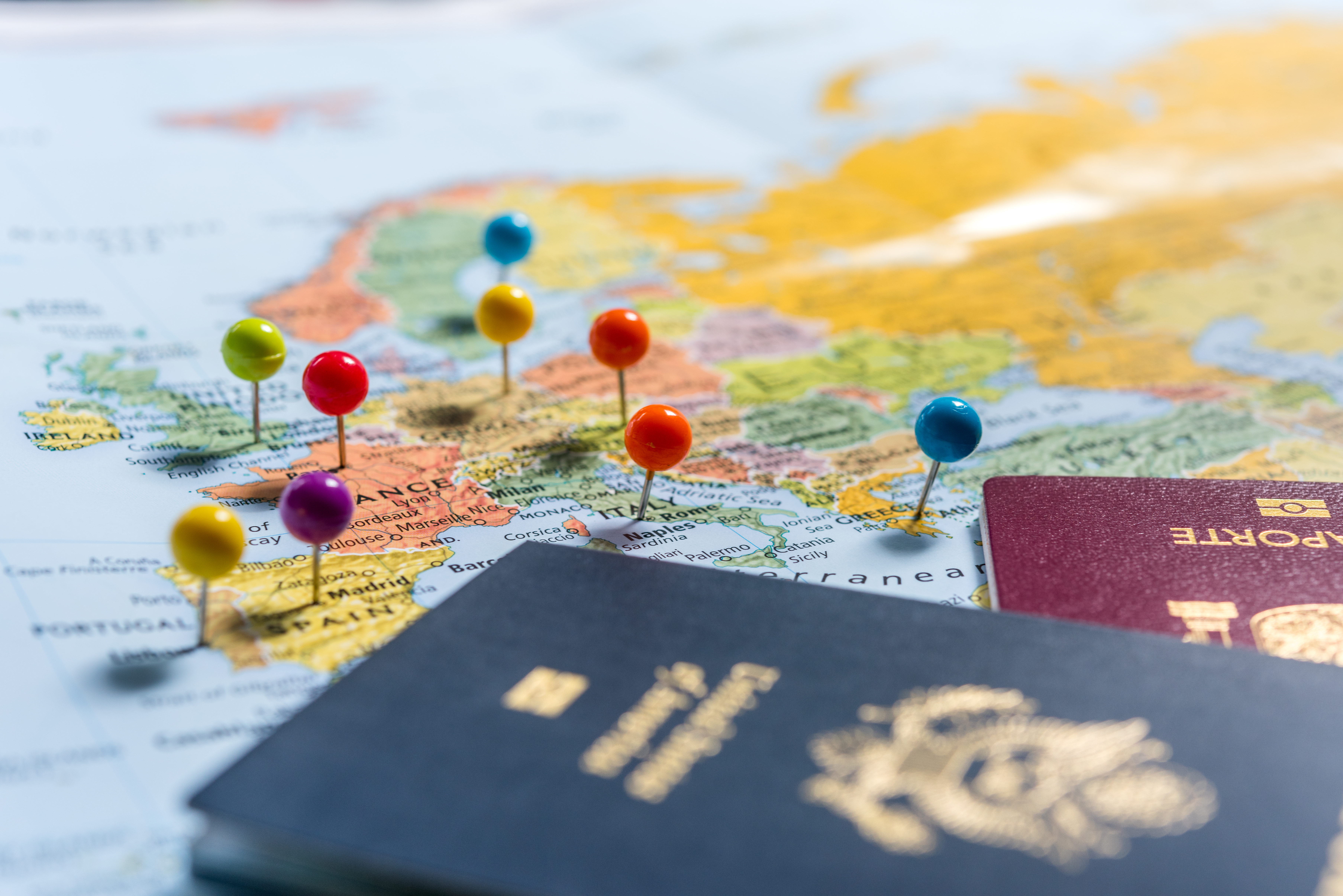At Vueling, we want to keep you informed about the latest updates that may affect your customers’ travel experience. Here’s everything you need to know about the new EES and how it changes border control procedures.
What is the Entry/Exit System (EES)?
The EES is an automated system that records entries, exits, and refusals of entry of travelers from non-EU countries. Its main objective is to modernize border management, increase efficiency, and enhance security.
- Digital registration: replaces manual passport stamping with an electronic record.
- Data collection: includes personal information, travel dates and locations, plus biometric data such as fingerprints and facial images.
- Applicable areas: applies at the external borders of 29 European countries (the Schengen Area, Bulgaria, and Romania).
Who does the EES apply to?
The system affects travelers from outside the EU, Iceland, Liechtenstein, Norway, and Switzerland who visit the Schengen Area for short stays (up to 90 days within a 180-day period), with or without a visa.
What biometric data will be stored?
Depending on the traveler’s profile:
- Short-stay visa holders: only a facial image will be stored (fingerprints were already collected during the visa application process).
- Visa-exempt travelers: four fingerprints and one facial image will be collected.
Children under 12 years old are exempt from fingerprint collection.
The use of biometric data enables more accurate identification, reduces errors or discrimination, and reinforces security across Europe by helping combat serious crime and human trafficking.
How does automation improve border crossings?
Countries implementing the EES will be able to automate parts of their border control process, allowing non-EU travelers to use self-service systems where available. These systems will enable travelers to:
- Register their information when crossing the border.
- Check whether their data is already stored in the EES or upload it for verification.
Once this process is complete, border officers will automatically receive:
- Verified information cross-checked with other databases.
- Confirmation of the traveler’s identity.
- Details of the remaining permitted stay.
Automation will help reduce waiting times and manual checks, making the border crossing process faster and more efficient.
Passport requirements
- Biometric passports: required only for travelers wishing to use self-service systems.
- Non-biometric passports: still accepted if they meet standard entry requirements.
All valid travel documents, including non-biometric ones, are accepted by the countries applying the EES.
The system was implemented on October 12, 2025, with a six-month adaptation period.
Exemptions
The Entry/Exit System (EES) does not apply to:
- Nationals of EU and participating countries (including Cyprus and Ireland).
- Holders of residence permits or long-stay visas.
- Family members of EU citizens holding residence cards.
The United Kingdom is not part of the Schengen Area or the EES. However, British citizens are subject to registration in the EES when entering or leaving countries where it applies.
For official information, please refer to:
https://travel-europe.europa.eu/ees




